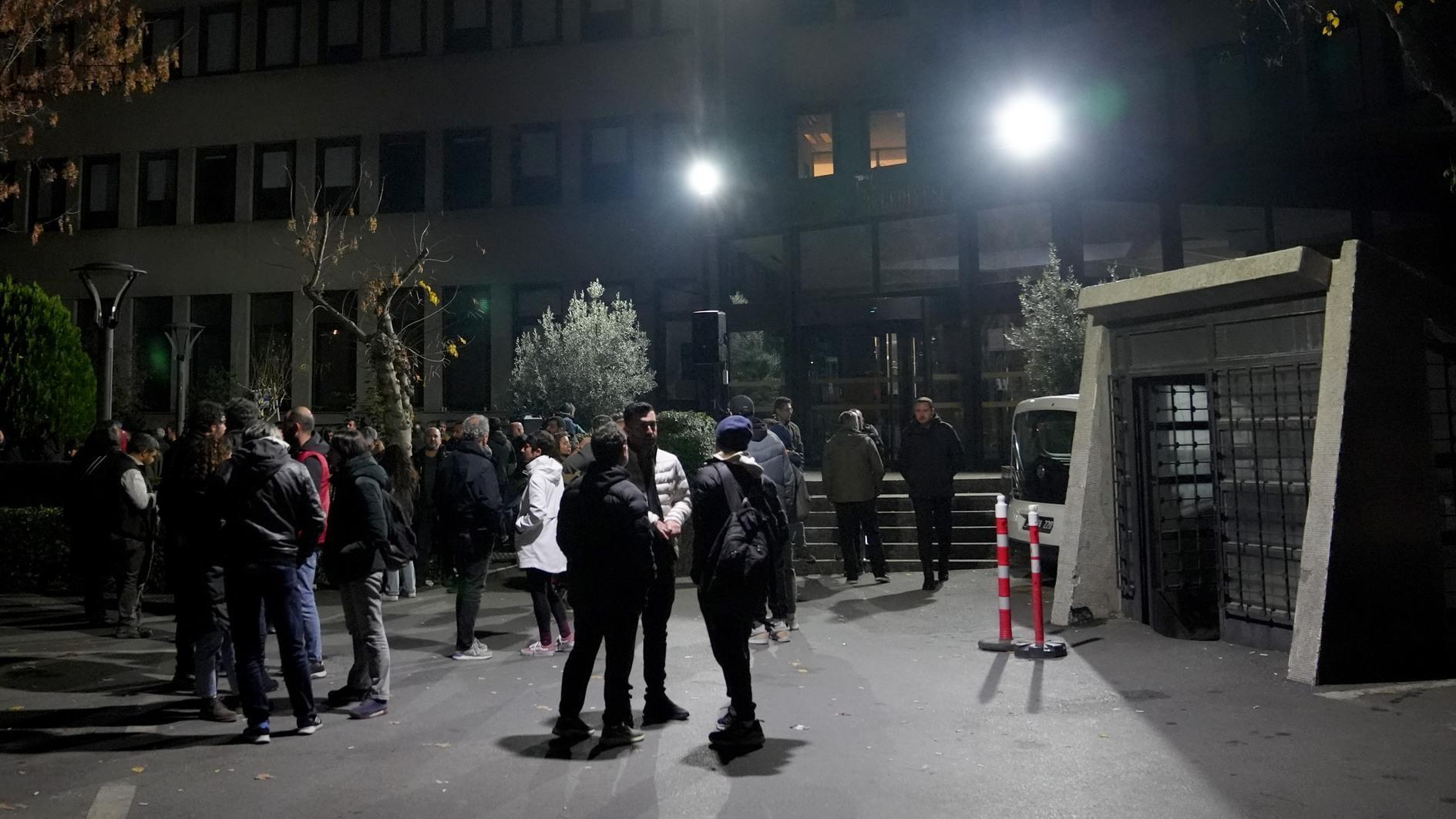Turkey’s poor who are not regarded as poor
The Turkish Statistics Institute (TÜİK) issued the results of the 2014 Income and Living Conditions Survey. The outcome of the survey must be open to interpretation because media organs publishing them reflected the results differently.
According to some of them, poverty has increased; according to some others the income gap between the poor and the rich has improved at millimeter dimensions.
Different interpretations should not be criticized because when you review the results of TÜİK surveys on their website, it is a fact that they are quite confusing.
If we put down the concrete data in figures, then such a table appears:
The number of those who have a monthly income less than 370 Turkish Liras is 6,572,000. The number of those who earn less than 463 liras is 11,332,000 (including the above figure.) This figure was 11,137,000 in 2013.
In other words, this population that TÜİK categorizes as poor earn between $120 and $154 a month. Actually, you can say they live at the hunger threshold.
There are 22,223,000 people who TÜİK does not consider poor who earn below 648 liras ($216); in other words below the minimum wage of net 1,000 liras. The population in this same category was 21,979,000 last year.
That means there is an increase in the category of “poor people who are not considered poor.”
Again, in the living conditions survey, it was revealed that 66 percent of Turkey’s population had credit debts, 42 percent experienced heating problems, 78.5 percent were not able to “have a week’s vacation away from home,” 75 percent were not able to replace their old furniture and 33 percent were not able to eat meat, fish and poultry.
One of the interesting results of the survey is that the rate of those who own their current houses is 60.7 percent. As a matter of fact, one should not be surprised that in a country where 66 percent of the people have credit debts, people live in their own houses at a rate of 60.7 percent.
According to OECD data, Turkey is one of the countries such as Chile, Mexico, the U.S. and Israel where the gap between the rich and the poor is the biggest. If I am not mistaken, it is one of the top three in highest income gaps.
According to TÜİK’s latest survey, the difference between the richest 20 percent segment and the poorest 20 percent segment is 7.7.
In last year’s OECD survey, we read that the income of the 10 percent richest segment in Turkey was 15 times the income of the poorest 10 percent segment. Turkey is one of those countries where income distribution is worst and income inequality is most widespread. It is also a country where dollar billionaires increase the fastest.
When compared to data of two years ago, dollar billionaires have increased 10 times in 10 years; while there were four in 2003, in 2013 there were 44 of them.
According to the recent assumptions of IMF economists, income inequality and the multiplying of the fortunes of the rich seriously sabotage economic growth.
Turkey, which is preoccupied with growing its economy, should first solve its income inequality issue, I guess.











